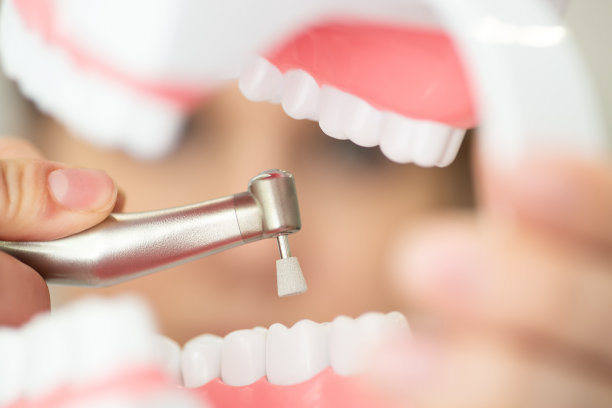Understanding the Causes Symptoms and Treatments of Periodontal Disease for Better Oral Health Management
Summary: Periodontal disease is a common oral health issue that affects the supporting structures of the teeth. Understanding its causes, symptoms, and treatments is essential for effective management and prevention. This article explores the underlying causes of periodontal disease, the common signs and symptoms that can help in early detection, and the various treatment options available. By comprehensively addressing these aspects, individuals can improve their oral health and overall well-being. Additionally, the article highlights the significance of maintaining good oral hygiene and regular dental visits in managing periodontal health, thereby fostering a preventive approach for better oral health management.
1. Causes of Periodontal Disease

Periodontal disease primarily arises from poor oral hygiene, which leads to plaque buildup on teeth and the gums. When plaque is not adequately removed, it hardens into tartar. This tartar then harbors bacteria that can lead to inflammation of the gum tissues, known as gingivitis, and can eventually progress into more severe forms of periodontal disease.
Other contributing factors include a persons genetic predisposition, where individuals with a family history of gum disease may be more susceptible. Additionally, lifestyle choices such as smoking or tobacco use significantly elevate the risk, as they impair blood flow to the gums and reduce healing capacity.
Medical conditions such as diabetes and autoimmune diseases also play a role in the development of periodontal disease. These conditions can compromise the body’s immune response, making it harder for the body to fend off infections, including those in the mouth.
2. Symptoms of Periodontal Disease
Recognizing the symptoms of periodontal disease is crucial for timely intervention. One of the earliest signs is red, swollen gums that may bleed during brushing or flossing. This indicates that the gum tissues are inflamed and may be progressing towards a more serious condition.
As the disease progresses, individuals may experience persistent bad breath, which can occur due to the accumulation of bacteria and food particles. This halitosis is often a telltale sign that should not be ignored.
Other common symptoms include receding gums, pockets forming between teeth and gums, and loose teeth. Eventually, if left untreated, these symptoms can lead to tooth loss and significant changes in the way teeth align and function.
3. Treatments for Periodontal Disease
Early-stage periodontal disease, known as gingivitis, can often be reversed with improved oral hygiene practices. This can include regular brushing and flossing, along with professional dental cleanings that remove plaque and tartar buildup.
If the disease has progressed to periodontitis, more advanced treatments may be necessary. These can include scaling and root planing, a deep-cleaning procedure that removes tartar and smooths irregularities on the tooth roots to allow the gums to reattach.
In more severe cases, surgical options may be considered, such as flap surgery or bone grafting. Flap surgery involves lifting the gums to allow for deep cleaning, while bone grafting can help regenerate lost bone structure around the teeth. These treatments help restore gum health and periodontal support.
4. Importance of Oral Health Management
Effective management of periodontal disease is not just about treating the symptoms or conditions but fostering good oral health practices. Regular dental check-ups can help in early detection and intervention, making it crucial for preventive care.
Moreover, establishing a routine that includes daily brushing and flossing reinforces the importance of maintaining a healthy mouth. Using antibacterial mouthwash can further help reduce plaque and gingivitis, enhancing overall oral health.
Lifestyle changes, such as quitting smoking and managing health conditions like diabetes, also contribute to better periodontal health. It is essential to comprehend that oral health is interconnected with overall health, and prioritizing it can lead to improved quality of life.
Summary:
In conclusion, understanding the causes, symptoms, and treatments of periodontal disease is vital for effective management. By recognizing risk factors and symptoms, individuals can take proactive steps towards maintaining their oral health. Regular dental visits, combined with good daily hygiene practices and lifestyle adjustments, play a significant role in preventing and treating periodontal disease.
This article is compiled by Vickong Dental and the content is for reference only.


